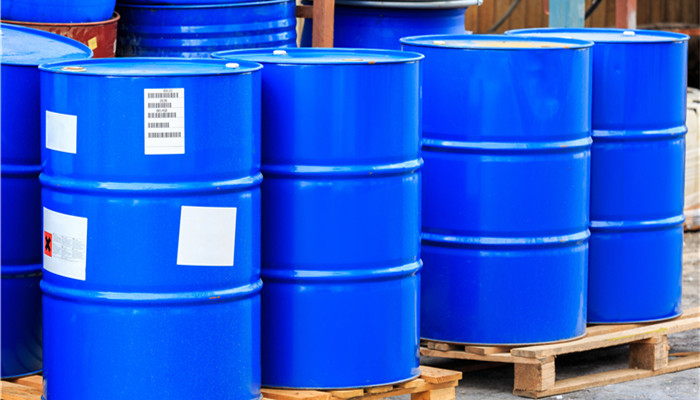
Fireworks industry resumes work, rising demand for potassium perchlorate drives prices up
Potassium perchlorate is an inorganic compound with the chemical formula KClO4. It is a colorless or white crystalline powder. It is soluble in water and insoluble in ether and ethanol. It is more stable than potassium chlorate. It will decompose into potassium chloride and oxygen at the melting point and can be It is used as smoke-generating agent, igniting agent, oxidant and chemical analysis reagent, and is further used in the production of thermal batteries, aerospace fuel, medicine, fireworks, etc., especially in the field of fireworks, where the consumption of potassium perchlorate is relatively large, and the development of the fireworks industry Directly affects the demand and price fluctuations of potassium perchlorate.
From the upstream of the industrial chain, the raw materials for potassium perchlorate are potassium chloride (potassium chlorate) and sodium chlorate (sodium perchlorate). The production of potassium perchlorate usually requires the electrolysis of sodium chlorate into sodium perchlorate, which requires a large amount of electricity. Therefore, some potassium perchlorate production plants are built next to hydropower stations where electricity is abundant and relatively cheap. China’s potassium perchlorate manufacturers are mostly located in the south. In the first half of the year when there is more precipitation in the south, potassium perchlorate manufacturers tend to increase production due to the larger amount of cheaper hydropower. However, in the second half of the year when the precipitation drops, the output decreases and releases some Inventories, therefore, there are certain seasonal fluctuations in potassium perchlorate prices. In addition, potassium chlorate, the main raw material of potassium perchlorate, is also an important raw material for the production of potash fertilizer. Fluctuations in potassium fertilizer prices and changes in output will also be transmitted to the potassium perchlorate industry through potassium chloride. Since 2021, chemical raw materials have generally risen due to the impact of global inflation and supply chain disorders. According to the released “2022-2025 China Potassium Perchlorate Industry Market Monitoring and Future Development Prospects Research Report“, at the beginning of 2021, The price of potassium perchlorate in China is less than 9,000 yuan/ton. Around November, due to the rising prices of chemical raw materials and the resumption of work in the fireworks industry, the demand increased. The price of potassium perchlorate rose to more than 20,000 yuan/ton, and once rose to a high of 26,000 yuan/ton.
China is a major producer and consumer of fireworks. In recent years, in order to control the air pollution and safety risks caused by setting off fireworks, local governments have intensified fireworks management. However, the consumption of fireworks and firecrackers during China’s annual Spring Festival remains at a relatively high level. On a large scale, the consumption of potassium perchlorate used in making fireworks is relatively large. Especially as the Spring Festival approaches, important national fireworks production bases such as Liuyang, Liling, Shangli, and Wanzai have strengthened production, and the supply and demand relationship for potassium perchlorate has tightened. In order to regulate production, Liuyang City and other local governments issued relevant documents and took relevant measures, which controlled the increase in the price of potassium perchlorate to a certain extent. Analysts believe that in the early stage of the Spring Festival, potassium perchlorate may remain at a relatively high level due to the production of fireworks, and the relationship between supply and demand is relatively tense. Potassium perchlorate companies may actively expand production; after the Spring Festival, the tight supply and demand relationship in the potassium perchlorate market may ease, and prices may fall significantly. Industry companies need to pay attention to the risk of overcapacity.

 微信扫一扫打赏
微信扫一扫打赏

